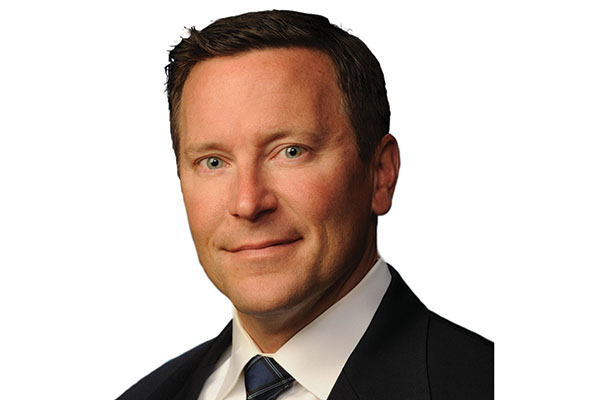60 Seconds with Michael Wohlwend
Modern sat down with Michael Wohlwend to discuss supply chain software.
Title: Managing principal at Alpine Supply Chain Solutions
Location: St. Charles, Ill.
Experience: 25 years in the supply chain space, with a focus on supply chain software solutions.
Modern: You’ve been around the supply chain software space throughout your career. Tell us about the different roles you’ve held.
Wohlwend: I was a warehouse distribution supply chain consultant for the first third of my career, and I installed my first warehouse management system (WMS) in 1994. That was followed by 7.5 years at Manhattan and 6.5 years at SAP. Now, I’m back to the consulting side.
Modern: Since you’ve worked in both the enterprise resource planning (ERP) and WMS spaces, what have been the most important developments during your career? We’ll start with ERP.
Wohlwend: Originally, an ERP system was finance and accounting. And then, they added manufacturing resource planning and planning. After that, ERP tried to be all things to all people and address the end-to-end supply chain. That had its limitations and opened the door for best-of-breed solution providers, especially with the Cloud.
Great examples of that are Salesforce.com for CRM and Workday for HR. Now, we see ERP companies buying Cloud-based software companies with a subscription model to offer best-of-breed solutions under the ERP umbrella. The technology is evolving.
Modern: How about the WMS space?
Wohlwend: For a time, CIOs trying to reduce their overall software footprint were getting the WMS module from an ERP provider like Oracle or SAP. In situations that weren’t complex, like pallet in and pallet out, the WMS from an ERP was good enough. Now, there’s a resurgence of WMS. The real trend I’m seeing is global manufacturers moving to a 3PL for their distribution and deferring to the 3PL’s WMS. And, most of the 3PLs will have a low-cost WMS, with less functionality, and a higher cost version. Depending on complexity, the 3PL will choose which version to roll out for their customer.
Modern: What are your clients struggling with today, particularly with WMS systems?
Wohlwend: Whenever you’re implementing a WMS, you run out of resources, time or money. So when people install a WMS, they never turn everything on because they run out of one of those three. Then, they run into an issue and don’t realize they have the functionality.
I recently went to a site that wasn’t doing directed putaway or batch picking because they’d never turned on the functionality. It cost them $52,000 and they had an ROI in two weeks. The No. 2 reason is that they business model changed. For example, with Covid-19 now they may need to turn on each picking and need to configure along with cartonization. Their WMS has the functionality but needs to be configured.
Modern: Given all the changes in fulfillment processes, what should a company do?
Wohlwend: The most common thing I see is that they didn’t turn on all the functionality, and they haven’t upgraded, so now they’re at a pivot point. Do I keep an existing system and “add on modules” like voice, labor management, or slotting modules? Or, do I rip and replace? There are companies adding “Add on Modules” on top of old versions of EXE and Catalyst.
The problem with ripping and replacing is that a lot of the new systems are in the Cloud. That sounds good, but I just worked with a 3PL that couldn’t get Internet access at their site. They had to have a server on site. And when you’re talking about an automated system that requires sub-second response times, I believe it has to be on-premise. You just can’t risk your order fulfillment system on a connection that could go down.

Favorites




